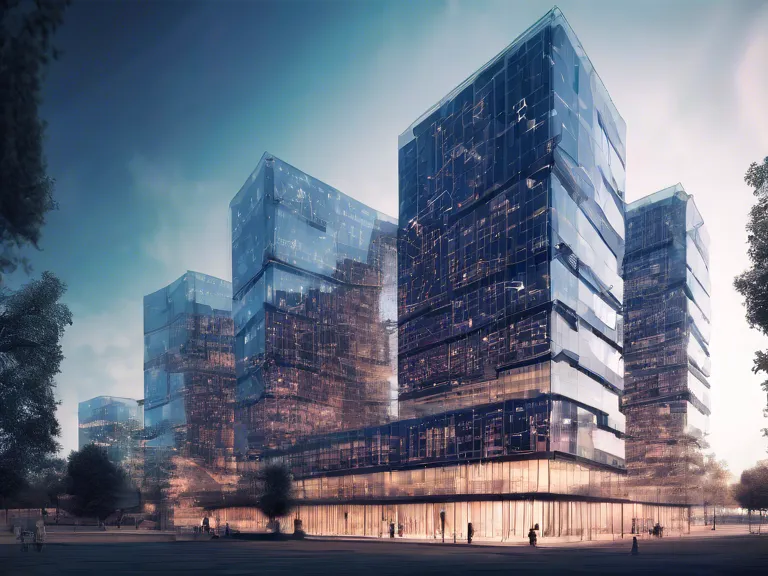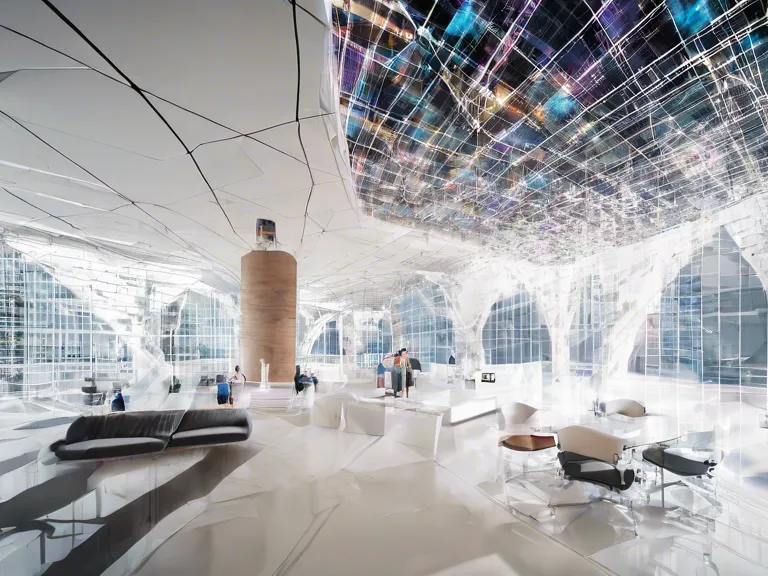
In recent years, data science has emerged as a significant factor in shaping architectural trends. With the rise of smart buildings, sustainable design, and the need for efficient urban planning, architects are increasingly turning to data for insights and inspiration. This article explores the role of data science in influencing architectural trends and how it is transforming the way we design and build our cities.
One of the key ways data science is impacting architectural trends is through the analysis of big data. By harnessing the power of data analytics, architects are able to gather valuable information about how people interact with their built environment. This information can then be used to inform design decisions, such as the layout of public spaces, the placement of amenities, and the overall flow of a building.
Another important aspect of data science in architecture is the use of predictive modeling. By analyzing historical data and trends, architects can predict future patterns and behaviors, allowing them to design buildings that are not only aesthetically pleasing but also functional and sustainable. For example, predictive modeling can help architects optimize natural lighting, ventilation, and energy usage in a building, ultimately leading to a more efficient and environmentally friendly design.
Furthermore, data science is also playing a critical role in the development of smart buildings. By integrating sensors and IoT devices into buildings, architects can collect real-time data on everything from temperature and humidity levels to occupancy and usage patterns. This data can then be used to create smart, responsive buildings that adapt to the needs of their occupants, improving comfort, efficiency, and overall well-being.
Overall, the role of data science in shaping architectural trends cannot be understated. By leveraging the power of data analytics, predictive modeling, and smart technologies, architects are able to design buildings that are not only innovative and sustainable but also responsive to the needs of the people who inhabit them. As the field of data science continues to evolve, we can expect to see even more exciting developments in the world of architecture.



